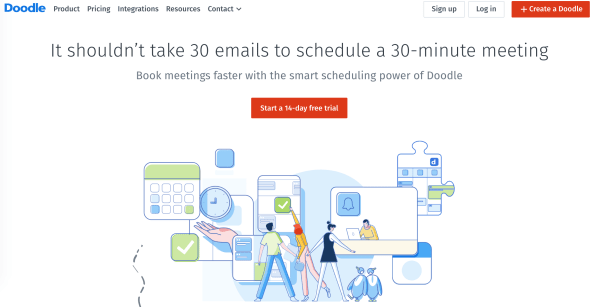With over 800,000 businesses using the platform as 2020 begins, Shopify has become the go-to solution for many e-commerce store owners. The platform has grown considerably in recent years, with a vibrant app store helping to take stores to a new level. Yet, there are many excellent Shopify alternatives that may be a better fit for many online entrepreneurs.
Shopify won’t be for everyone and it can be wise to look at the competition before you make a commitment.
The following e-commerce solutions all have their merits, helping to make them viable Shopify Alternatives:
WooCommerce
WooCommerce is a plugin that turns a WordPress site into an e-commerce store.
The plugin is both free and open source, so was quickly able to grow in popularity.
To get the absolute best functionality, though, you will need some additional paid add-ons.
There are numerous add-ons that can be used to simplify tasks, including email marketing, payment integration, and dropshipping.
Users who like WordPress will often choose WooCommerce to continue with a familiar platform.
BigCommerce
BigCommerce is a hosted solution used by many different stores from smaller businesses through to large brands.
Along with the attractive store themes you would expect, BigCommerce includes many more advanced features.
You can integrate with payment processors like Braintree, Square, and Stripe, while advanced shipping features ensure you get up-to-date shipping costs.
Additionally, the reports and metrics help you make the right decisions about your business based on analytics.
Zoey
Zoey is accessible to beginners, but comes with enough functionality to satisfy more experienced users.
The included templates are attractive and professional, with the ability to adapt them to your needs.
While it may appeal to beginners, the pricing may be prohibitive to newbies without a sales track record.
Similar to the previous options, there is an app marketplace featuring a variety of quality extensions.
Volusion
Volusion aims to make building and operating a store as easy as possible.
Site design can be performed without any knowledge of code, while the sites are all hosted on Volusion servers.
The tool also includes features for SEO and social media management.
Volusion integrates with the major payment processors, allows for easy inventory management, and has an optimized checkout experience.
SquareSpace
SquareSpace is an adaptable product that lets you develop an entire sales process.
This includes making comprehensive design changes and building a custom checkout process.
You can make much more than a simple store, adding options for digital products, recurring subscriptions, and blogging.
Similar to previous products, you can choose to integrate many extensions for payment processing, email marketing, and more.
Big Cartel
Big Cartel is one of the simpler e-commerce solutions, suited for smaller sellers who won’t need to scale up.
The tool is often used by artists and musicians to sell their products, with a free option to get started.
When you intend to grow a large store with complex inventory, payment, and data requirements, Big Cartel won’t be the solution for you.
However, smaller sellers can get started immediately using the simple design and store management tools.
Conclusion
While Shopify will be the perfect solution for many businesses, others may prefer to choose a different path.
All of the solutions mentioned can work for the majority of e-commerce stores, allowing them to grow as their sales increase.
Choosing the right platform is important as it can be frustrating making a change to an established business.
Finding the platform that offers the appearance, functionality, and features you require will ensure you are set up for maximum success.
Source: Business2Community

















 First Impressions Go Digital
First Impressions Go Digital 

/cdn.vox-cdn.com/uploads/chorus_asset/file/19367013/chromeslowbadge.jpg)


 Shopify continues to expand beyond its core e-commerce platform with a new product called Shopify Email.
Shopify continues to expand beyond its core e-commerce platform with a new product called Shopify Email.

